When you think of Japanese cuisine, sushi is probably the first dish that comes to mind. But here’s a twist: did you know that the earliest ancestor of sushi didn’t come from Japan at all?
Sushi, in its original form, has roots that stretch across borders and understanding its journey offers rich insight into East Asia’s culinary evolution. Let’s explore how this beloved dish transformed from fermented fish in rice paddies to the elegant art form served today in Tokyo’s finest restaurants and how it compares with Korean and Chinese interpretations. Along the way, we’ll celebrate the cultural depth of sushi and the dining rituals that make Japanese tableware an integral part of the experience.
Explore our sushi plates to perfect present your sushi!

A Historical Journey: From Southeast Asia to Edo Japan
Sushi’s earliest form wasn’t the clean-cut rolls or elegant nigiri we now associate with Japanese cuisine. It began along the Mekong River, where communities used a method of fermentation to preserve fish. Fish was layered with rice and salt and stored for months. the rice wasn’t eaten, just used as a preserving agent. This method, called narezushi (熟鮓), traveled northward and evolved as it reached Japan.
By the Edo period (1603–1868), Japan had developed its own spin on the concept. Rice began to be seasoned with vinegar, giving birth to hayazushi (早寿司), a quicker, fresher style of sushi. The most iconic modern form, nigiri sushi (握り寿司) hand-pressed vinegared rice topped with raw fish was born in Edo (now Tokyo).
So, while sushi has cross-cultural origins, the style we know and love today is distinctly Japanese honed over centuries by meticulous sushi chefs (寿司職人, sushi shokunin).
Sushi Across Cultures: Japan, China, and Korea
Chinese Sushi: A Fusion Take
Chinese sushi often incorporates crunchy ingredients like fried tempura bits or crispy vegetables and may include cooked meats like chicken or pork. Rolls tend to be bolder in flavor and color, sometimes served with sauces like mayonnaise or sweet soy-based blends.
Korean Sushi: Kimbap and Beyond
In Korea, kimbap (김밥) uses sesame oil-seasoned rice and fillings like kimchi, pickled vegetables, and gochujang (고추장). It’s flavorful, portable, and distinctly Korean. Korean-Japanese fusion restaurants often feature spicy or tangy reinterpretations of sushi with vibrant toppings and textures.

What Makes Japanese Sushi Special?
Freshness and Simplicity
Japanese sushi emphasizes natural flavors from fresh fish to perfectly seasoned sticky rice (shari, シャリ).
Artistry and Technique
Sushi chefs train for years to master cutting, rice preparation, and presentation, elevating sushi into a culinary art form.
The Dining Experience
The sushi experience includes pickled ginger (gari, ガリ), wasabi (山葵), and visually striking ceramic or lacquerware. Authentic Japanese handcrafted plates, soy sauce dispensers and bowls enhance both the aesthetic and cultural value of each bite.

Sushi and Cultural Appreciation: A Global Phenomenon
Today, sushi is beloved worldwide. Whether enjoying the bold rolls of Chinese sushi, the hearty flavors of Korean kimbap, or the elegant balance of Japanese sushi, each tells a story of cultural expression.
Final Thoughts: Savoring More Than Just the Taste
Sushi’s journey from fermented fish in paddy fields to global gourmet dish is a testament to its adaptability and artistry. While its roots are shared, its soul belongs deeply to Japan.
Next time you enjoy sushi, take a moment to appreciate its heritage. And consider presenting it on an authentic Japanese ceramic plate because sushi isn’t just food. It’s history, tradition, and beauty in every bite.


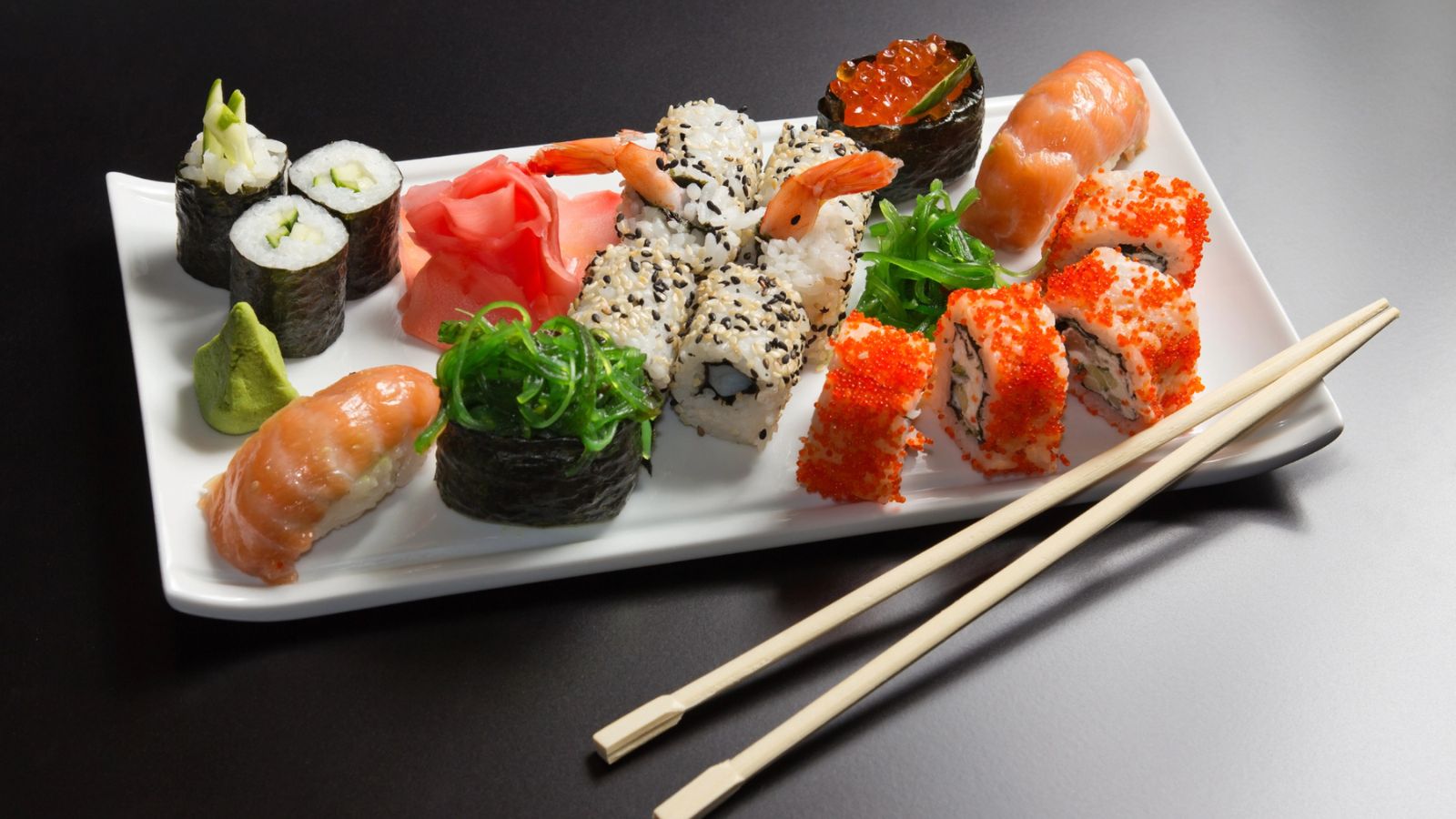
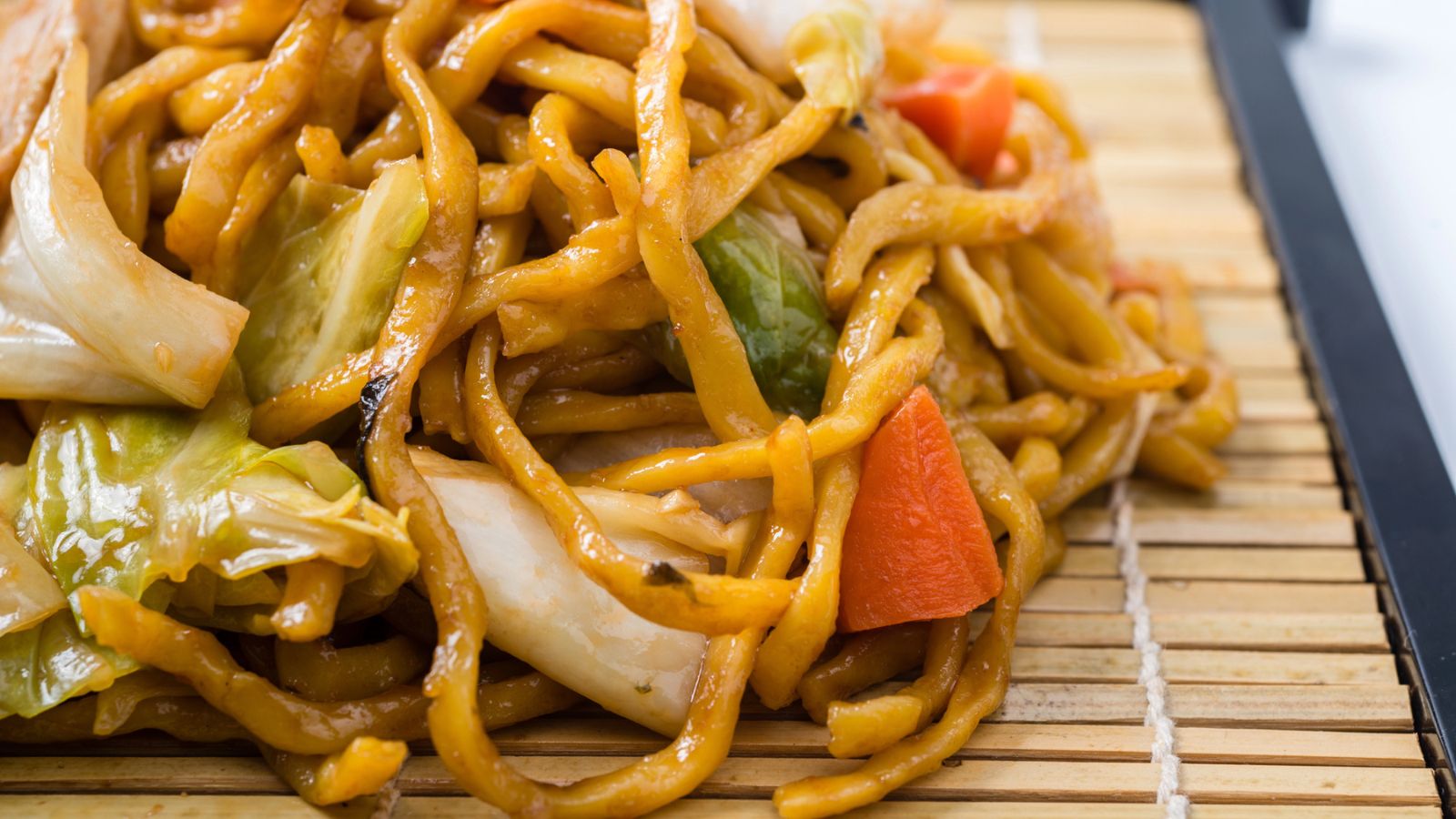
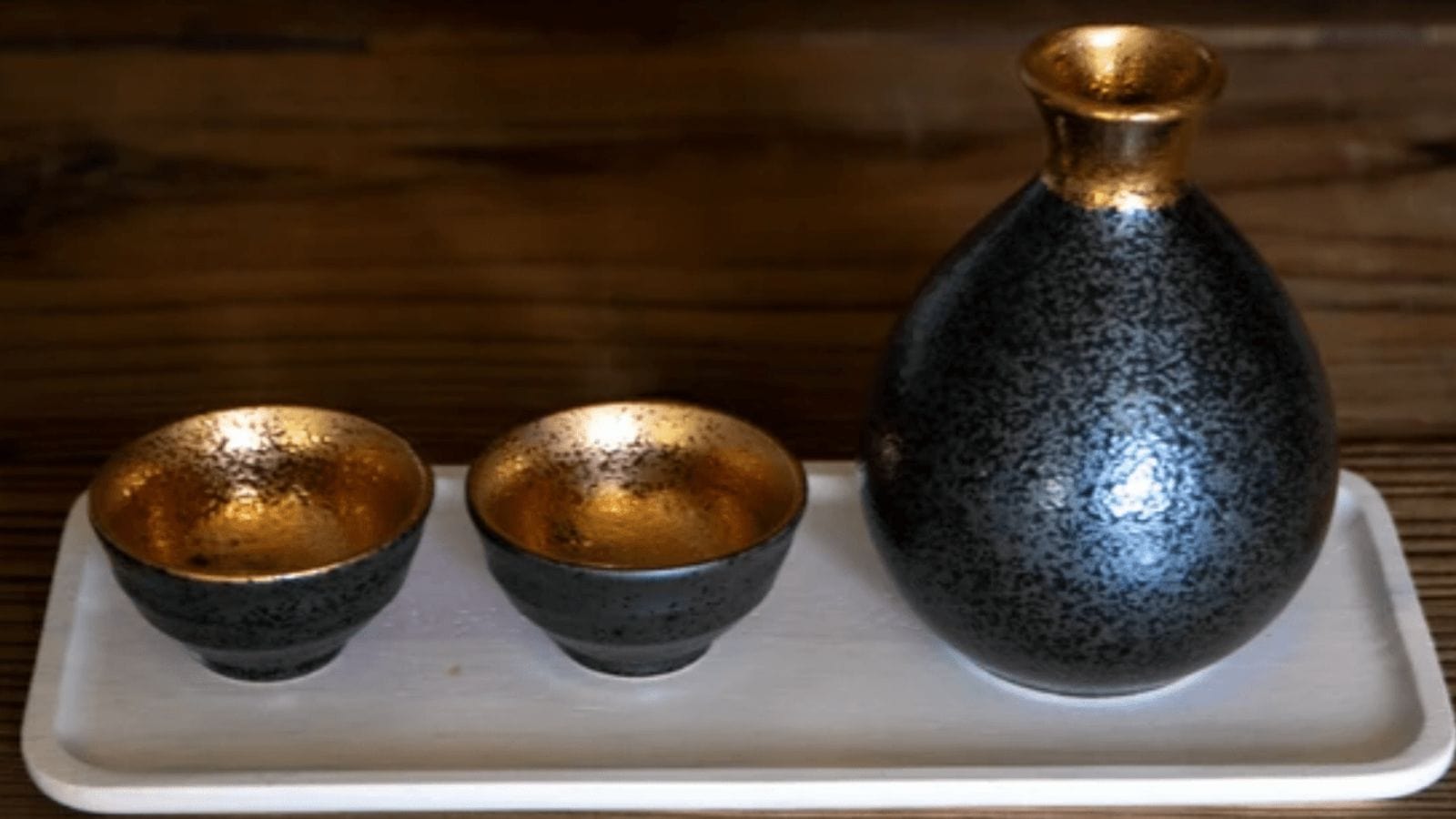
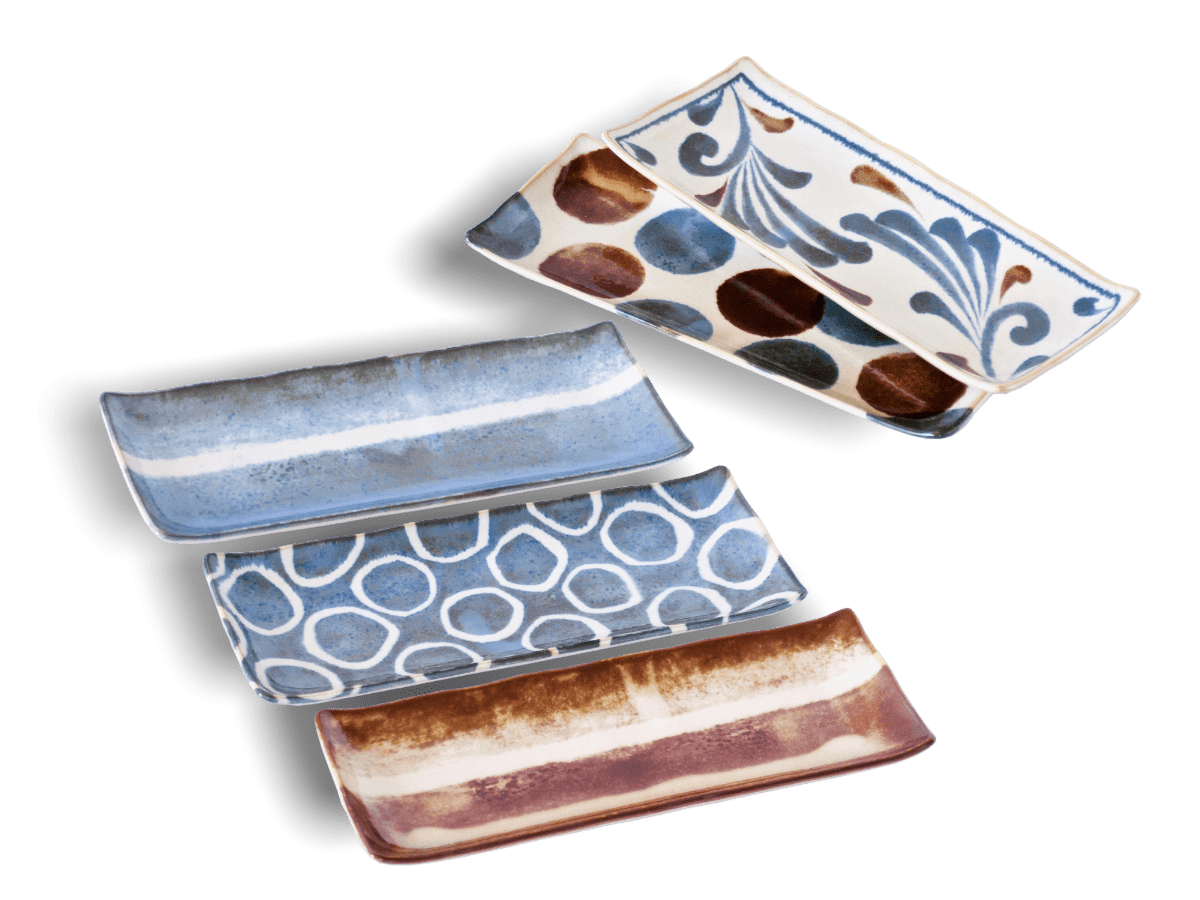
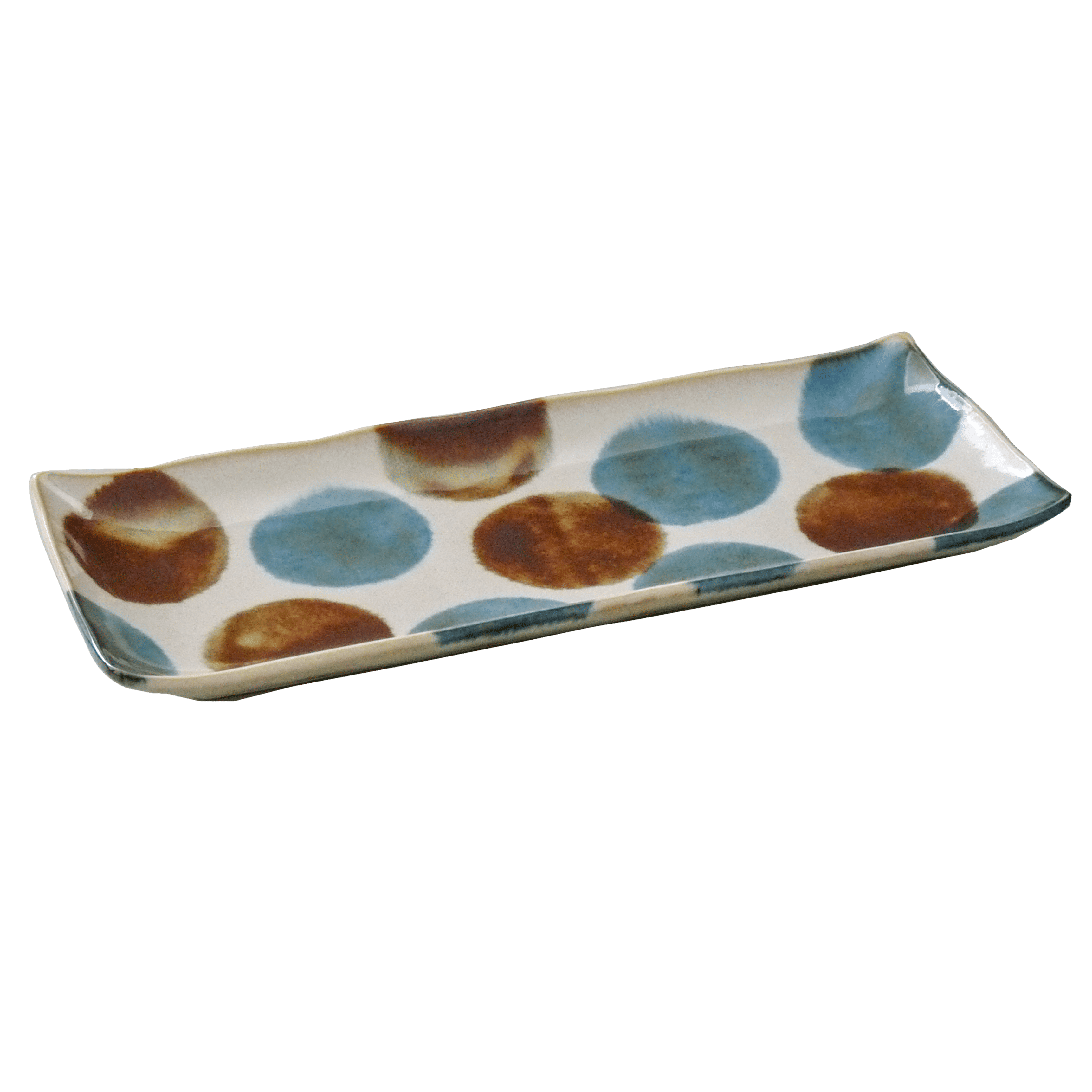
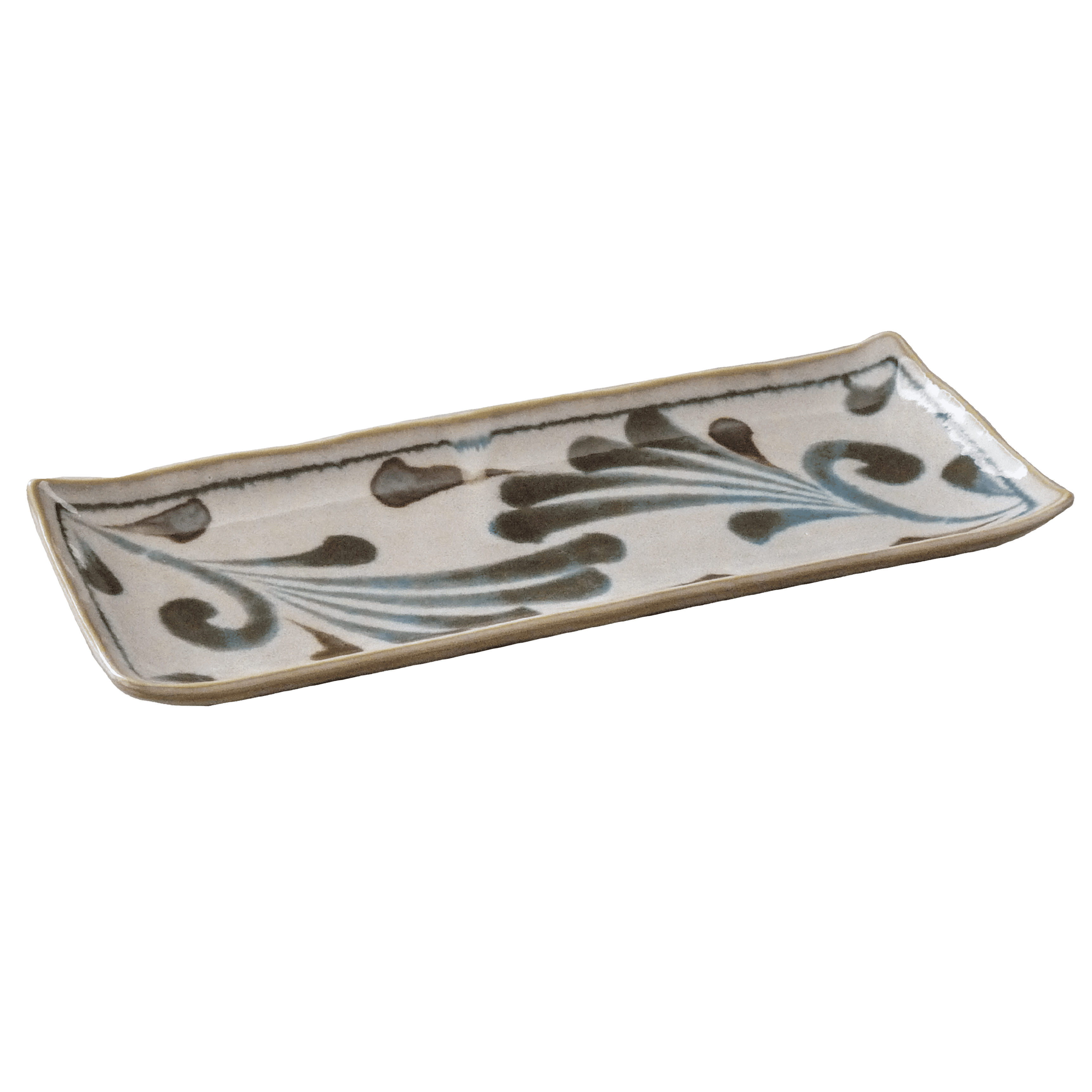

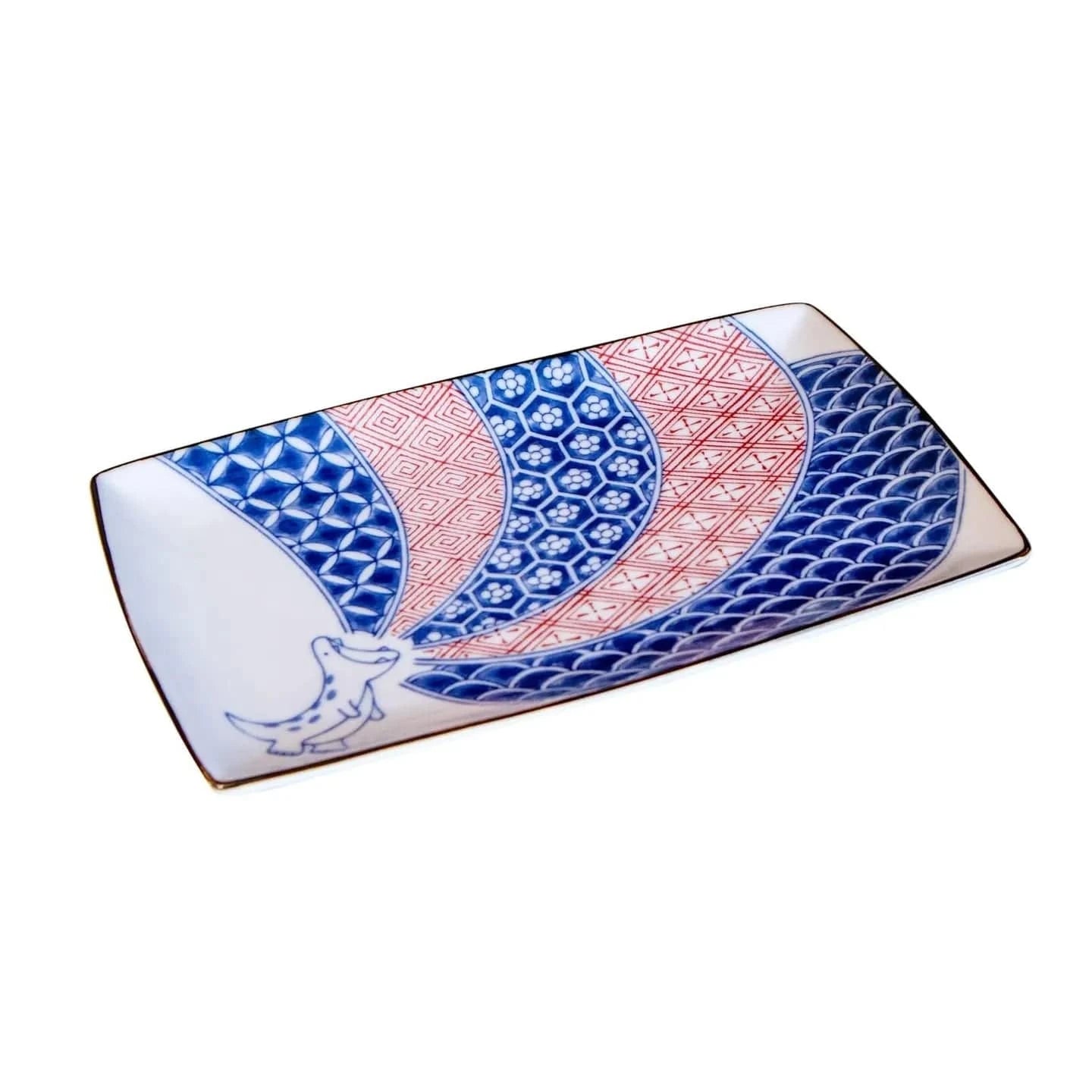
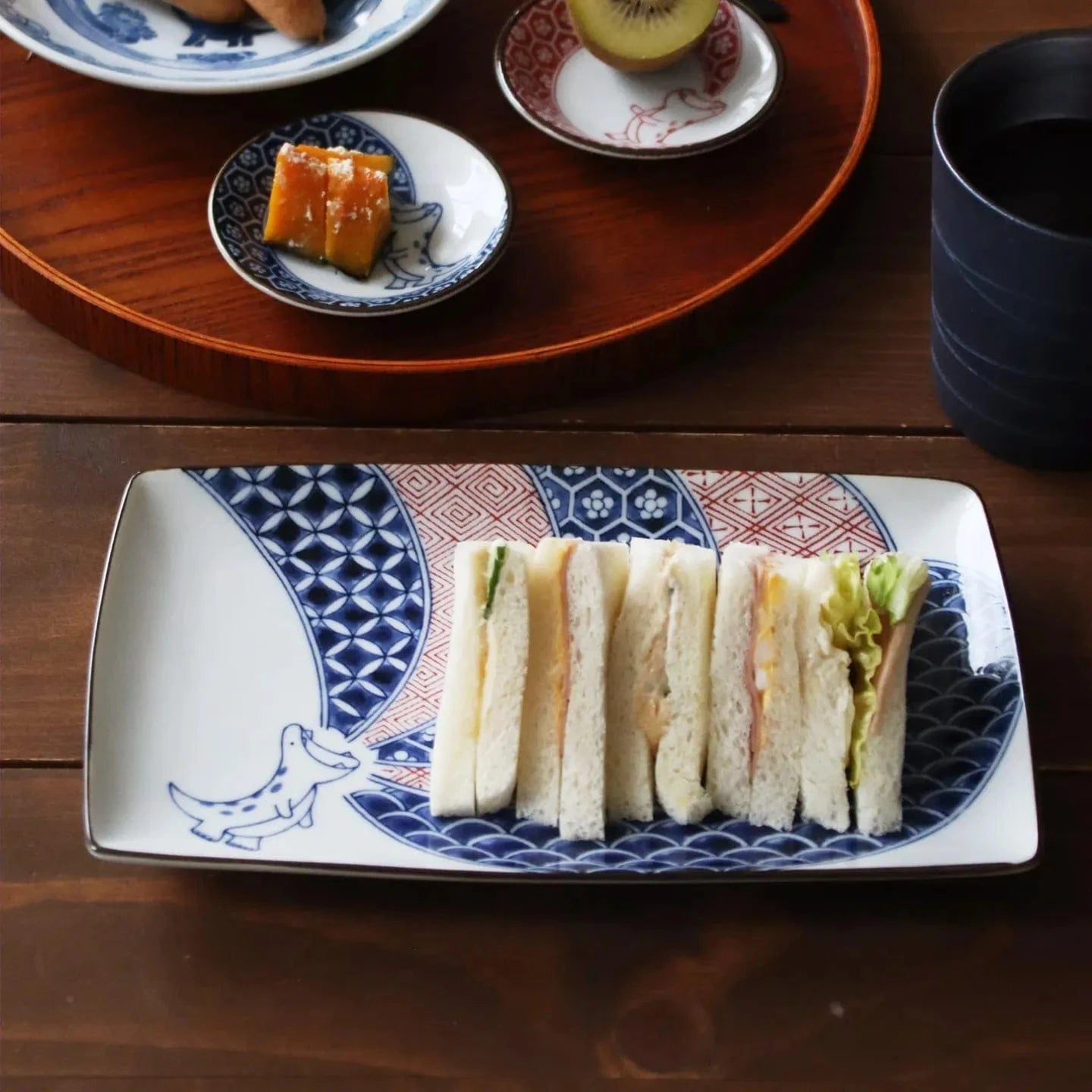
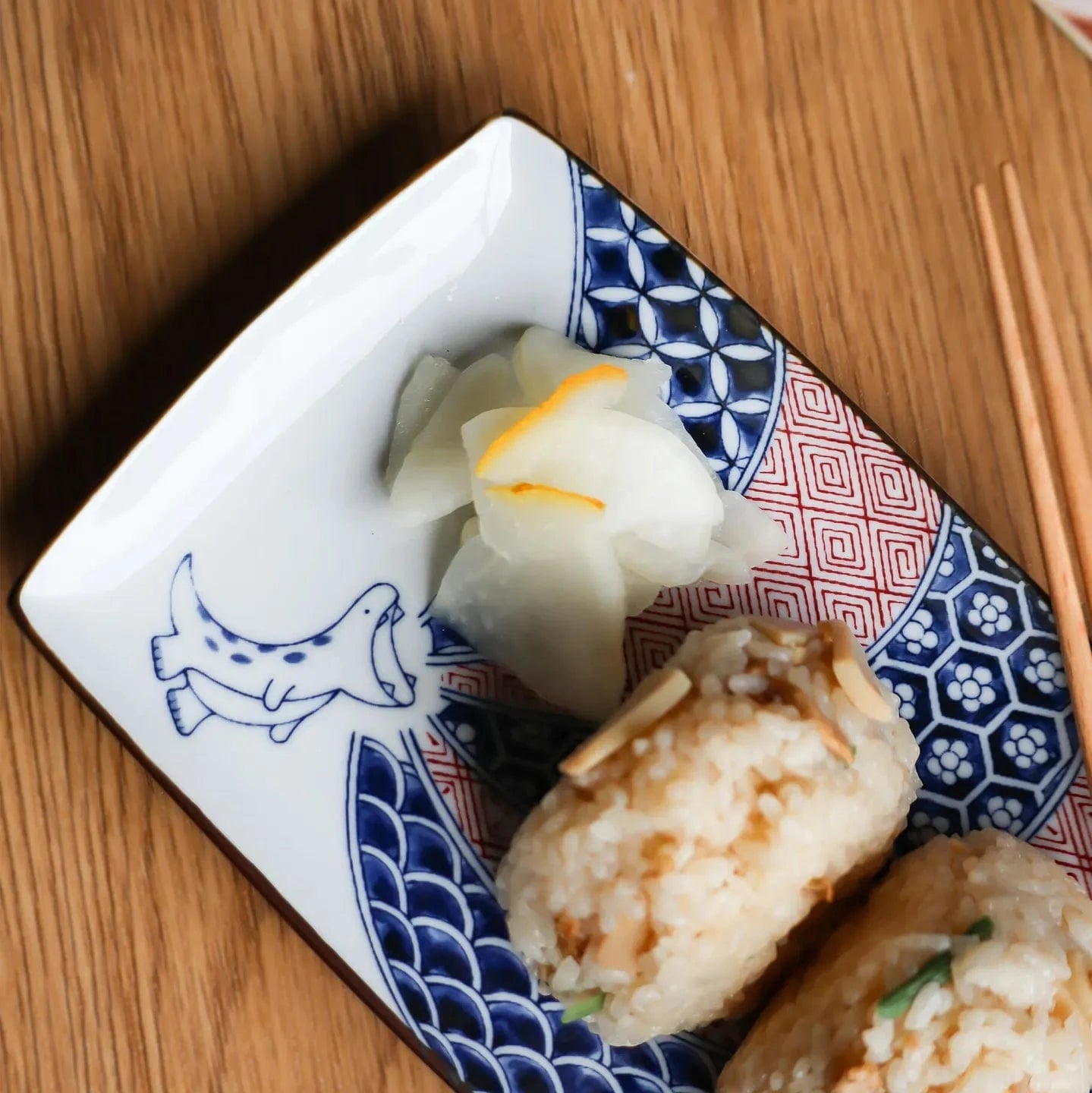
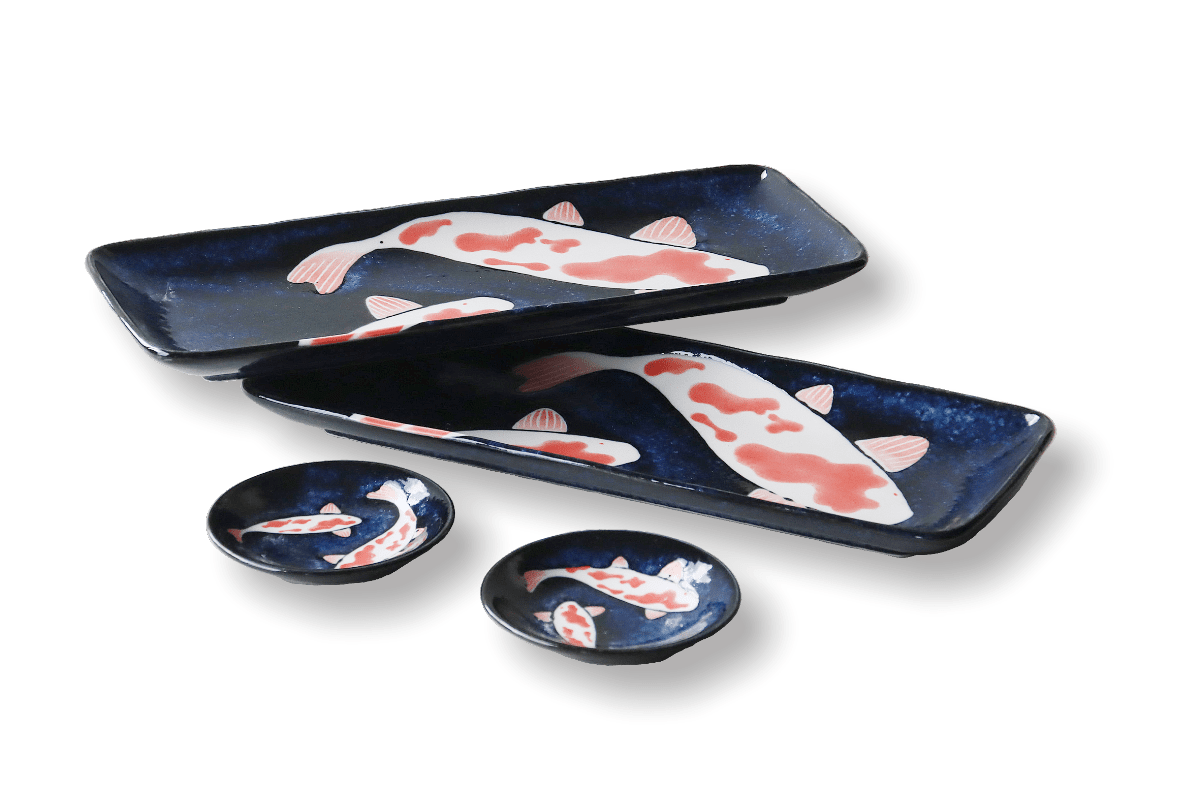
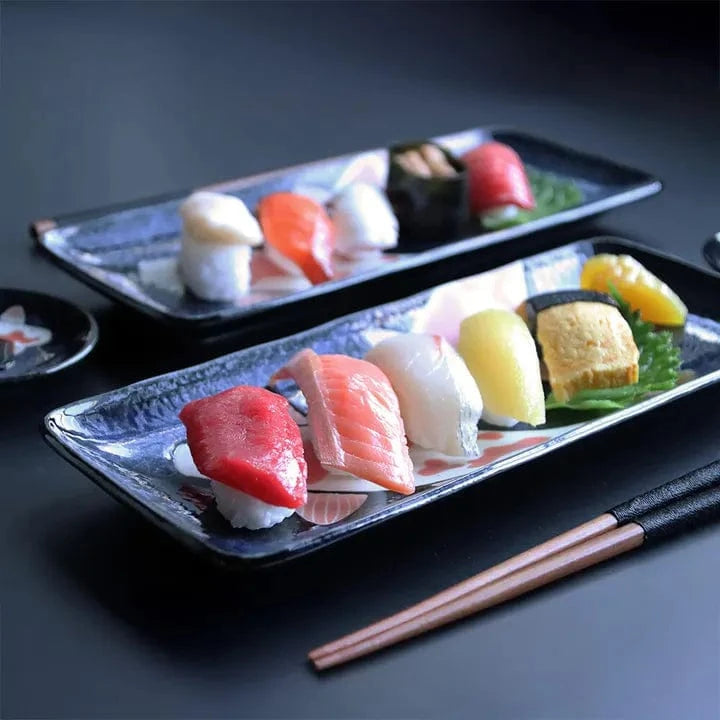
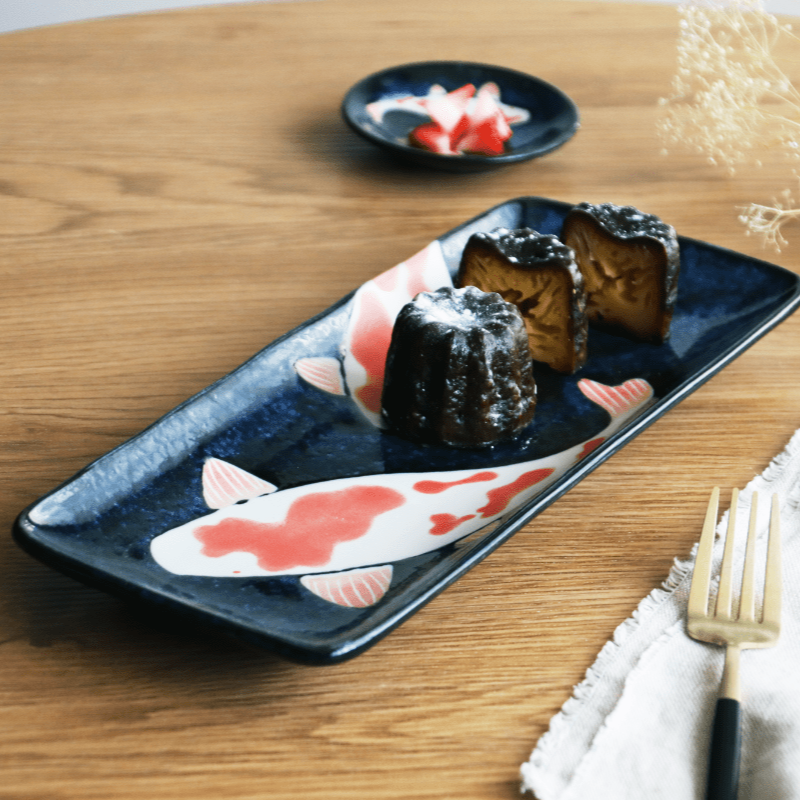
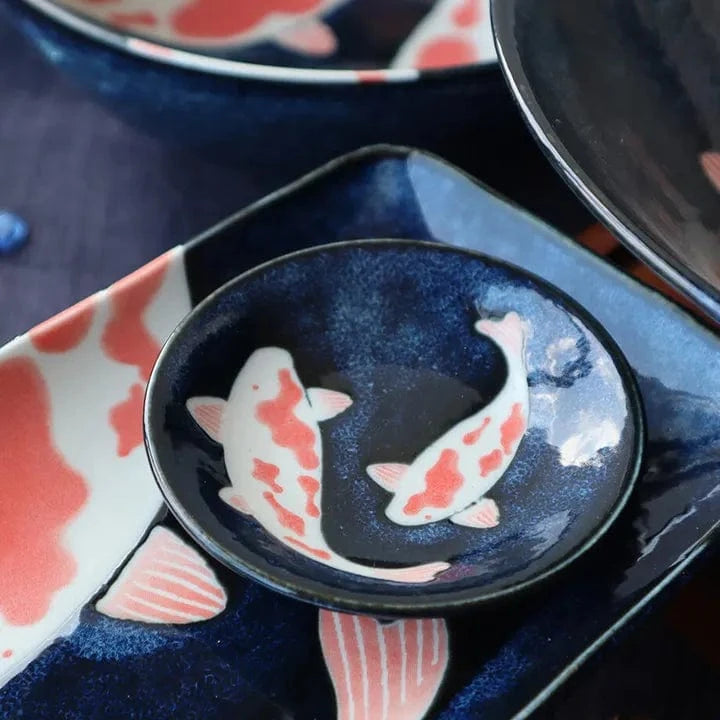
Share: